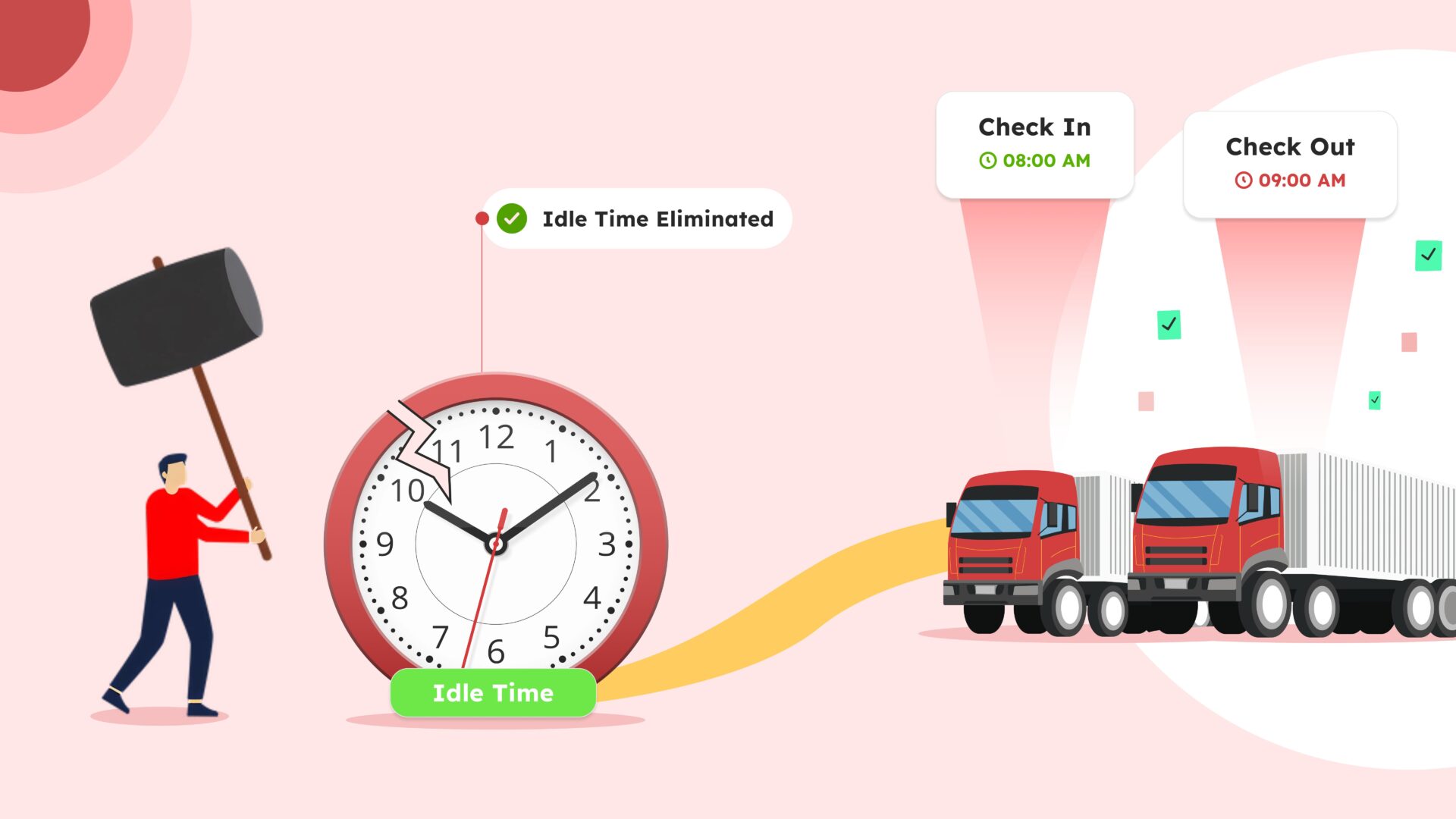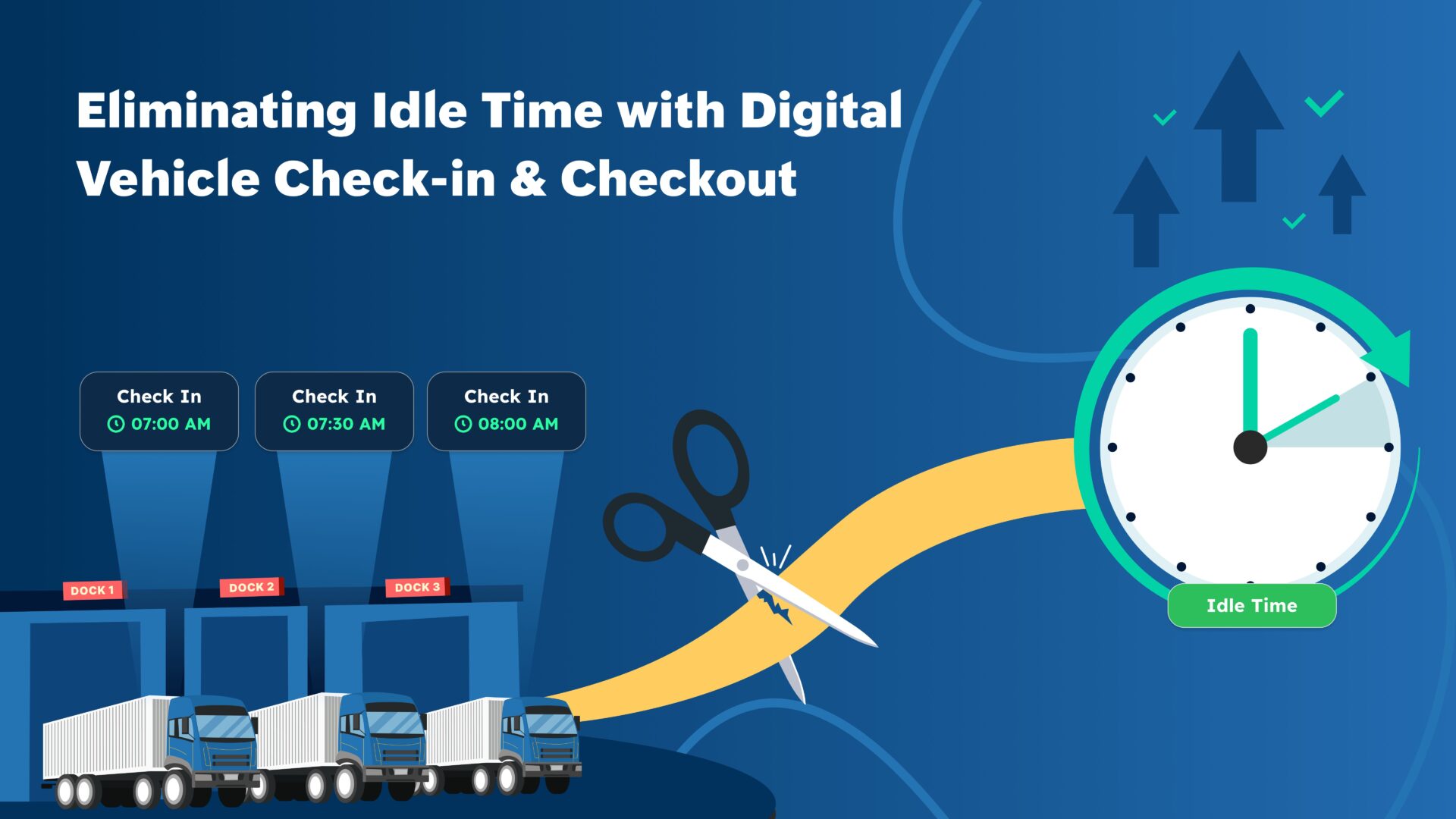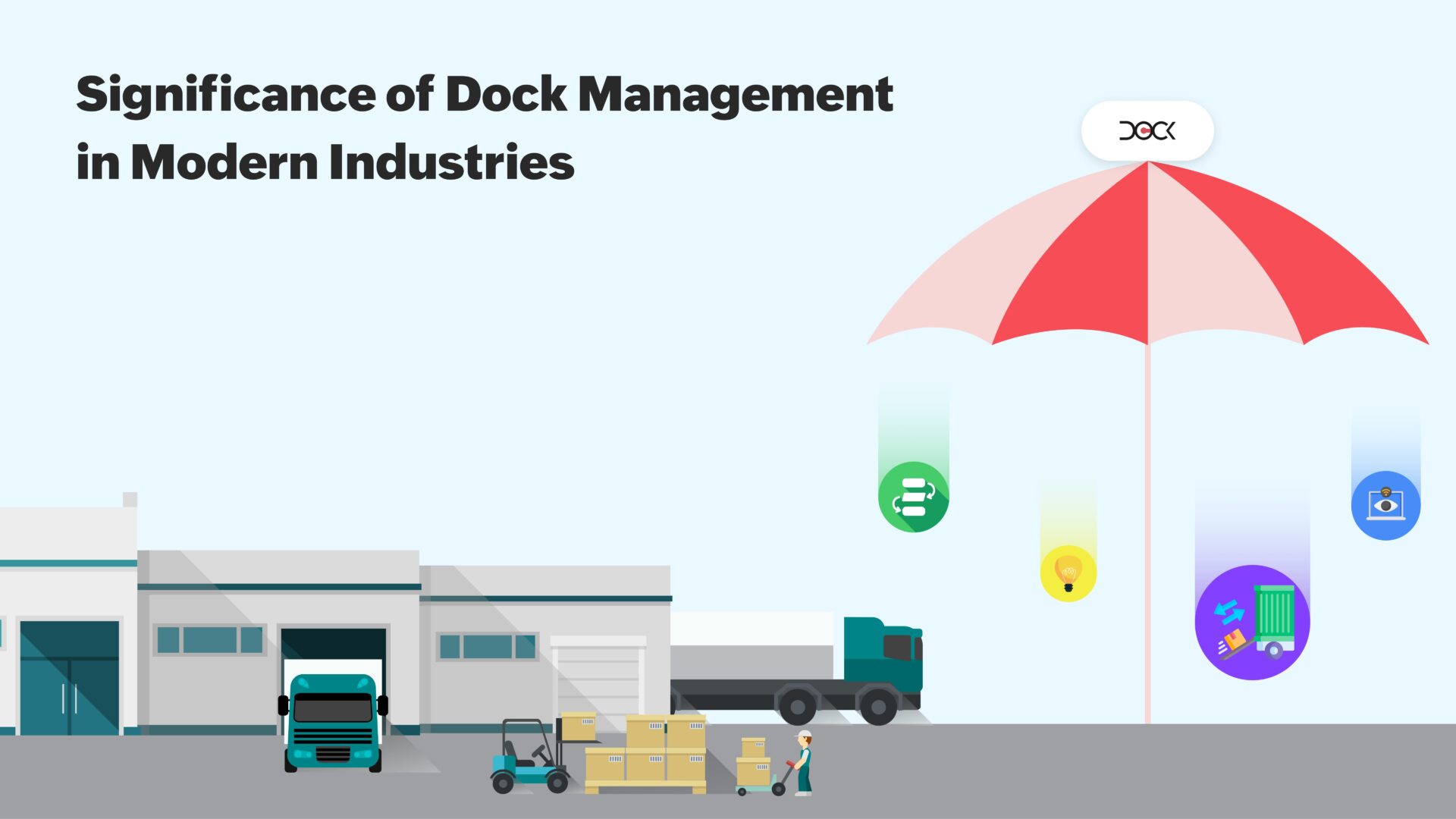Introduction
In the hectic logistical world of today, time is money. There are delays, increased fuel consumption, and decreased supply chain efficiency for every additional minute a car waits at the gate or dock. Along with lowering productivity, idle time raises operating expenses and irritates drivers.
Manual logbooks, paper-based recordkeeping, and verbal coordination are examples of traditional systems that are vulnerable to human mistake and delays. As a result, there are lengthy lines, a lack of vision into vehicle movement, and inadequate communication. In response to these issues, businesses are now implementing digital car check-in and checkout systems that guarantee efficient, transparent, and instantaneous operations.
How Digital Check-in & Checkout Works
When using a digital solution, the procedure starts as soon as a car pulls up to the facility:
1. Digital Entry Registration: Using a smartphone app, or QR code, drivers may check in fast and their arrival is immediately recorded.2. Dock Assignment: To cut down on wait times, the system automatically assesses dock availability and assigns the best one.
3. Real-time Alerts: When it’s time to move, load, or unload, drivers and warehouse employees receive instant digital alerts.
4. Digital Checkout: Drivers use digital checkout to check out after the procedure is over, updating the system in real time. This offers precise information for analysis and reporting.
Key Features
1. Real-time vehicle tracking: Get a comprehensive picture of every car coming in and heading out.2. Automated Dock Scheduling: Docks are assigned dynamically using automated dock scheduling, which minimizes traffic and maximizes turnover.
3. Instant Alerts & Notifications: Without requiring manual involvement, keep drivers and employees informed.
4. Decreased Idle Time: Cut down on wait times by doing away with manual lines and guesswork.
5. Extensive Data & Analytics: To make data-driven improvements, get comprehensive reports on wait times, turnaround times, and peak activity hours.
6. Smooth Integration: Adaptable to current infrastructure, transport management systems (TMS), and warehouse management systems (WMS).
7. Improved Driver Experience: Timely deliveries are supported, safety is increased, and driver annoyance is decreased with faster processing.

How the Dock Application Helps Businesses
By reducing idle time and optimizing truck flow, the MawaLog Dock Application directly improves business operations.
1. Cost Savings: There are immediate financial gains from lower labor and fuel usage.2. Operational Efficiency: Warehouses can handle more trucks each day thanks to streamlined procedures.
3. Sustainability: Reduced idle time promotes environmentally friendly operations by lowering carbon emissions.
4. Customer satisfaction: Higher service levels and client trust are achieved through quicker deliveries and greater coordination.
5. Improved Control & Visibility: Detailed dashboards and reports give managers complete visibility into waiting times, dock usage, and vehicle movement.
6. Error Mitigation: Operations run more smoothly because to digital procedures that reduce human error in scheduling, dock allocation, and record-keeping.
7. Scalability: The application adapts easily to seasonal demand spikes or business growth without requiring additional manual resources.
Conclusion
One of the hidden cost drivers in logistics is idle time, but it doesn’t have to be. Businesses can attain data-driven operational excellence, enhanced efficiency, and quicker vehicle turnaround by putting digital vehicle check-in and checkout systems into place.
The goal is to build a more intelligent and sustainable supply chain, not only cut down on wait times. Please feel free to email us at support@mawalog.com with any questions.



